Nature & India : News, Views and Discussions
- Thread starter RISING SUN
- Start date
You are using an out of date browser. It may not display this or other websites correctly.
You should upgrade or use an alternative browser.
You should upgrade or use an alternative browser.

India bans single-use plastic from July 1; here's what you need to know
In the 4th United Nations Environment Assembly held in 2019, India piloted a resolution on addressing single-use plastic products pollution, recognising the urgent need for the global community to focus on this issue.
India to submit its ambitious climate targets to UN in September: Report
India is set to finally submit official plans to cut emissions to the United Nations, as one of the world's largest polluters backs away from a threat to withhold more climate commitments until rich nations provide more funds for poorer countries.The South Asian country is preparing to put forward the document — an obligation under the Paris Agreement — in September, according to people with knowledge of the matter, just weeks before crucial COP27 climate talks in Egypt. The official commitment would come close to a year after countries were told to submit updated targets by the UN before last November’s summit in Glasgow.
India’s delay has been striking given Prime Minster Narendra Modi’s surprise announcement at COP26 that his country would reach net-zero emissions by 2070. In the short term, he said the country would build enough carbon-free electricity generation capacity to reach 500 gigawatts by the end of the decade.
But Modi has also said that further ambition from India depends on financial help from rich countries. In Glasgow, he argued that India alone should get $1 trillion in climate funding out to 2030. The country will need to spend more than $12 trillion by 2060 to put it on track to reach net-zero emissions, according to Standard Chartered Plc. Modi’s demands are unlikely to be met. Rich nations have said that they will only be able to meet a 2020 goal to provide $100 billion a year in climate finance to poorer countries in 2023.
India’s failure to follow up its net-zero pledge with formal targets has drawn criticism from some experts. The 2070 goal is “an incredible target for a country that is still years away from peaking its emissions,” said Shikha Bhasin, senior program lead at Council on Energy, Environment and Water, a nonprofit. “The world would benefit much more from real climate ambition being implemented and realized. This, unfortunately, remains abysmally absent.”
Modi’s government is also under pressure as the incoming hosts of the Group of 20. It will take over the presidency at the end of the year. Developing nations have lobbied hard for rich countries to contribute more to helping them transition to clean energy and adapt to climate change. Showing they are doing their part can help strengthen that argument.
“India will gain more credibility in international climate negotiations if it submitted the new targets in writing as other countries have done,” said Kanika Chawla, program manager at UN Energy.
The government has delayed submitting the document, known in climate diplomacy jargon as “nationally-determined contributions,” or NDCs, because it’s still mired in inter-ministerial planning, especially for industrial sectors such as cement and steel, the people said, asking not to be named because they’re not authorized to speak to the media. A spokesperson at India’s environment ministry didn’t respond to a request seeking comment.
At a meeting on June 8, India’s Environment Minister Bhupender Yadav defended the country’s record on climate action, saying it is one of the few nations that has met the targets set out in its first NDC from 2015.
Under the 2015 Paris deal, countries are expected to raise their ambitions on reducing emissions every five years. Among the largest emitters, only the European Union submitted its new NDC before the 2020 deadline. The US, Japan and Canada submitted stronger climate targets before COP26 last year. China also submitted targets before the Glasgow meeting, but those goals were in line with what the country already planned to do.
Even if all countries that have submitted NDCs meet their targets, the planet is still on track to warm more than 2.4 degrees Celsius by the end of the century. That’s a catastrophic level of heating that will trigger irreversible changes — entire islands will drown and coral reefs will be wiped out. It far exceeds the Paris Agreement’s stretch goal of limiting the rise in global temperatures to 1.5°C from pre-industrial levels.
Even with its new goals announced by Modi at COP26, India’s climate plan is considered “highly insufficient” to meet the 1.5°C goal, according to Climate Action Tracker. That adds to growing risk of increased global emissions in the short-term as countries turn to more fossil fuels to counter an energy crunch made worse by Russia’s invasion of Ukraine.
Rajani Ranjan Rashmi, India’s former chief climate negotiator, echoed Modi’s stance on setting tougher climate targets. “India’s timing for submitting the NDC will be determined by what actions are taken by developed nations on their existing commitments on finance and technology, which still remain unfulfilled,” he said.
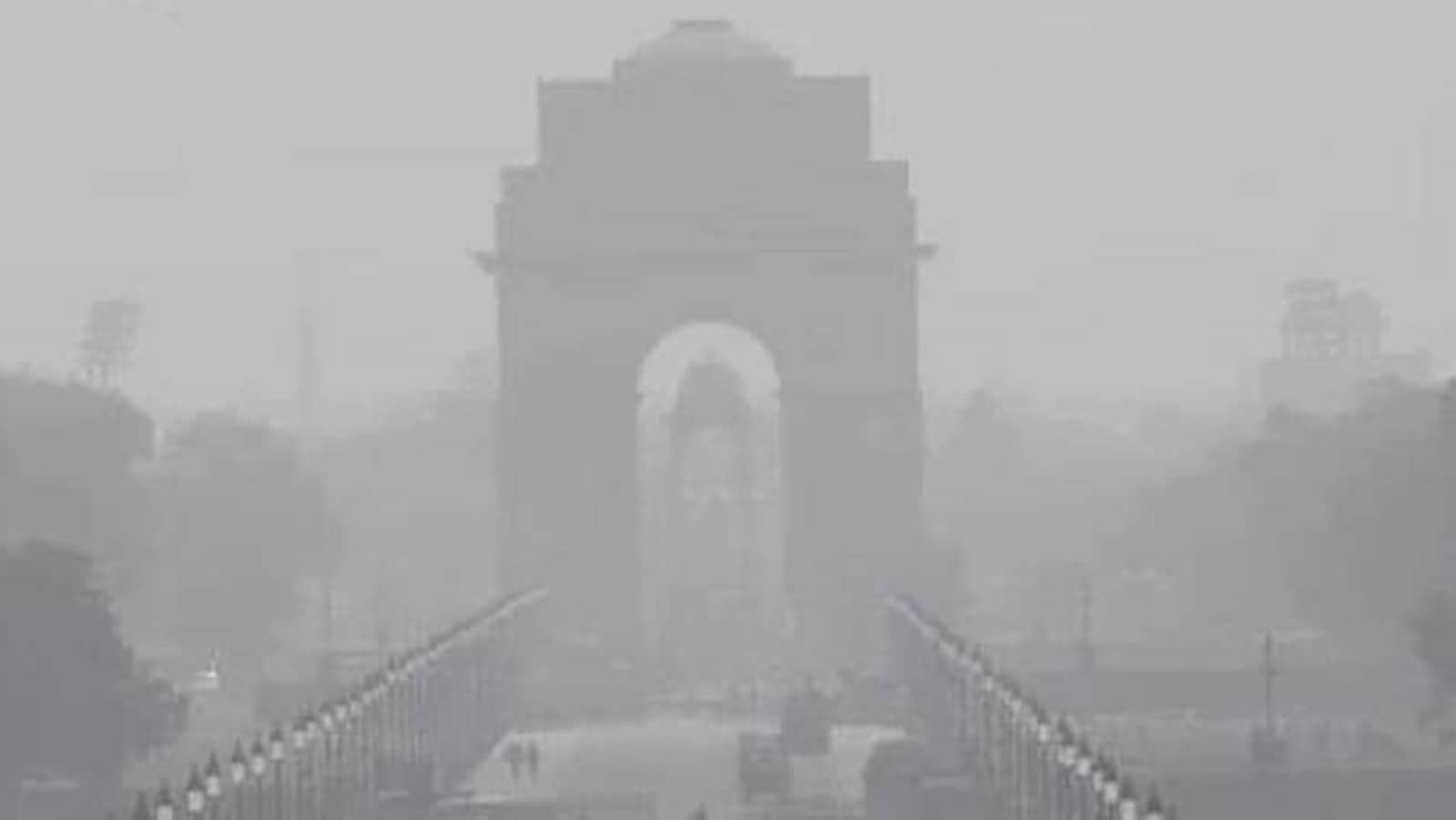
India to submit its ambitious climate targets to UN in September: Report
India’s delay has been striking given Prime Minster Narendra Modi’s surprise announcement at COP26 that his country would reach net-zero emissions by 2070.
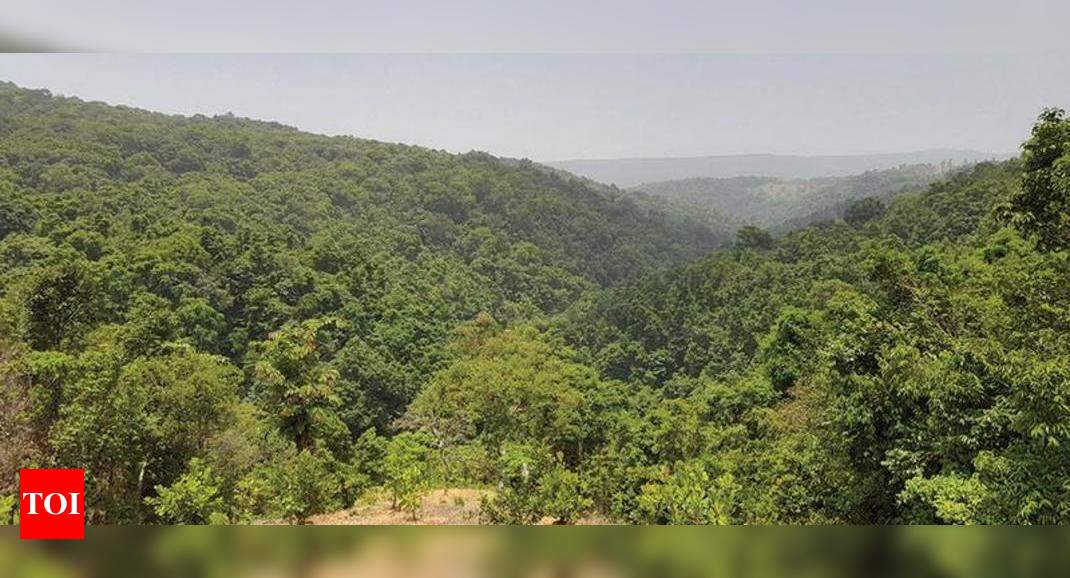
K’taka’s Amgaon becoming wettest place of S India | Goa News - Times of India
Keri: Amgaon, a beautiful village in Karnataka situated within the Western Ghats bordering Goa, is likely to claim the title of the wettest place in S.
India Tigers: India lost 329 tigers in 3 years, including 29 due to poaching: Government - The Economic Times
The data showed that the number of poaching cases has reduced over the years from 17 in 2019 to four in 2021. The minister reported that the attack of tiger on human has increased to 125 people. In this period tiger attacks killed 61 people in Maharashtra and 25 in Uttar Pradesh.

5 more wetlands in India granted international tag
India has the largest number of Ramsar wetlands in Asia, according to the ministry. With 54 wetlands, the area under Ramsar sites had increased to 1,098, 518 hectares.
india: India begins work on long-term plan to achieve net zero target by 2070 - The Economic Times
India is actively working on formulating Long-Term Low Greenhouse Gas Emission Development Strategies (LT-LEDS) paper, a climate action document that'll spell out the country's road map to net zero.
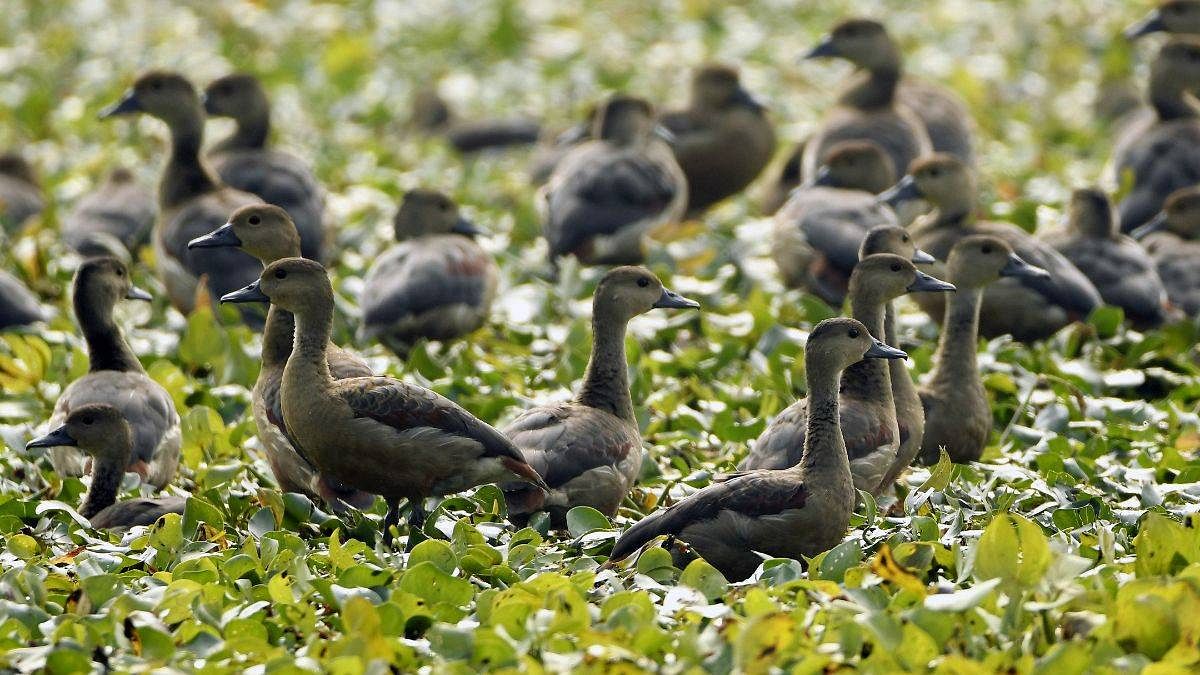
India’s growing number of ‘Ramsar sites’ and why global treaty to save wetlands matters
Improving water quality, sequestering carbon — With India designating 5 more wetlands as 'Ramsar sites', we look at the Ramsar Convention signed by nations to protect its wetlands.
 theprint.in
theprint.in
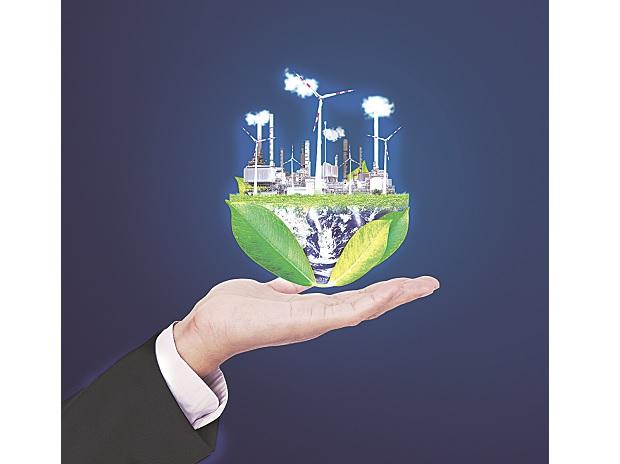
India updated climate ambitions post-pandemic, needs appreciation: Experts
Experts have welcomed India's updated Nationally Determined Contribution, saying that the country enhanced its climate ambitions in the post-pandemic scenario needs to be emphasised and appreciated
India is taking several steps to conserve wildlife population
The success of project tiger shows that India is taking several steps to conserve the wildlife population as according to the most recent 2018-19 survey, there were 2,997 tigers in the country.Currently, World Wide Fund for Nature-India (WWF India) is addressing species conservation through field-level activities in different landscapes as well as through direct interventions aimed at conserving a particular species.These programs focus on threats to wildlife and the issues surrounding these threats. Prominent among these are poaching, human-wildlife conflict, trade in wildlife parts, habitat destruction and legal support. The project activities are carried out at the field as well as policy levels.
On earlier occasions, Prime Minister Narendra Modi had stated: "I salute all those working towards wildlife protection. Be it lions, tigers and leopards, India is seeing a steady rise in the population of various animals."
"We should do everything possible to ensure the protection of our forests and safe habitats for animals," he had said.
Wildlife species conservation at WWF-India began with the initiation of the Tiger Conservation Programme (TCP) in the early 1970s. In the year 2000, the programme diversified into several conservation projects targeting tigers, Asian elephants and rhino, and in 2005, added Nilgiri tahr, red panda and snow leopard to the list.
Earlier, ex-Minister for Environment, Forests and Climate Change Prakash Javadekar had said, "India has thriving wildlife and biodiversity. 70 per cent of Global Tiger population, 70 per cent of Asiatic Lions, 60 per cent of Leopard population are here."
Project Tiger in the 1970s and Project Elephant in 1992-both with flagship species-attracted global attention. India then also became a member of all major international conservation treaties related to habitat, species and environment. The tiger survey is usually held once in four years and elephants are counted once in five years.
As per the most recent 2018-19 survey, there were 2,997 tigers in India. According to the last count in 2017, there were 29,964 elephants in India. In 2017, the Union Environment Ministry reported that there were 27,312 elephants on average in the country, according to figures collated from 23 states. However, in 2019, it emerged that Kerala may have under-counted almost 2,700 elephants in the latest elephant census and the updated 2017 figures showed 29,964 elephants on average.
The tiger (Panthera tigris) has been a flagship species for biodiversity and wildlife conservation in India since 1972. The tiger being an apex predator is on top of the food chain and helps keeps wild ungulate numbers in check, thus also ensuring a balance of the herbivores and the vegetation. These majestic animals play an integral role as indicators of the health of the ecosystems they thrive in.
Notably, on July 29, the world marked Global Tiger Day.

India is taking several steps to conserve wildlife population
As per the most recent 2018-19 survey, there were 2,997 tigers in India
India among leaders in annual renewable energy investment: UN report
According to a United Nations (UN) report, eighty-four per cent of nearly $1 trillion of global investment in energy transition technologies in 2021 was deployed in China, India, Japan, the US and Europe.The findings were presented in the third brief of the Global Crisis Response Group (GCRG) on Food, Energy and Finance, which was released by UN Secretary-General António Guterres and UNCTAD Secretary-General Rebeca Grynspan on Wednesday.
The report mentions that $4 trillion-$6 trillion in annual investments will be required until 2030 to ensure equitable renewable energy transition. However, since 2017, annual global energy-related investments have been $2 trillion-$2.5 trillion. Moreover, these investments are concentrated in China, India, Japan, the US and Europe.
Findings reveal that the Covid-19 pandemic further widened this gap as advanced economies deployed recovery packages with renewable energy targets. In other countries, such as the Democratic Republic of the Congo, Niger, Nigeria and Pakistan, the number of people without access to energy increased.
The report also mentions that the World Food Programme estimates that 345 million people will be acutely food insecure in 2022 across 82
countries due to the lingering effects of Covid-19 and the continuing Russian-Ukraine crisis. This will mean an increase of 47 million acutely hungry people.
Despite the recent fall in commodity prices on account of bumper crops in Australia, Canada, Russia and the US, as well as due to the optimism on account of the signing of the agreement among Russia, Turkey and Ukraine, commodity prices remain high. The resulting cost-of-living crisis increased the number of people who couldn’t afford a minimally nutritious and healthy diet. Even before the outbreak of the war in Ukraine, the number of chronically undernourished people had already grown by about 150 million since 2019, with up to 828 million people in 2021.
As citizens in many countries begin to grapple with the cost-of-living crisis, an intensification of social protests and riots has been recorded.
Global energy market at the crossroads
The report also mentions that the twin blows dealt by the pandemic and the war in Ukraine have also gripped the world in a major energy crisis. This has impacted hard-won gains in providing access to energy and reducing energy poverty, thus leading to a “scramble for [fossil] fuel”. This makes meeting the targets under the Paris Agreement of not exceeding a global rise of 1.5 degrees Celsius above pre-industrial temperatures difficult.
Thus, energy policy measures must balance the need for urgency and long-term sustainable development. It calls upon governments to take various measures like reducing demand in developed countries by nudging behavioural changes such as turning down cooling and heating temperatures and reducing air travel, while it calls upon governments in developing countries to identify and target vulnerable people.
The report stresses the need to double down on renewable energy sources to achieve the net-zero goal, tackle energy poverty and boost and diversify the global energy mix. According to an International Renewable Energy Agency report in 2021, over two-thirds of newly installed renewable energy power was cheaper than the cheapest fossil fuel alternative in member countries of the Group of 20.
Highlighting the challenges, it calls for a stable policy environment, providing long-term revenue certainty and a transparent grant of permits. It also calls for governments to invest in the labour skills required to support a large-scale deployment of renewable energy technologies.

India among leaders in annual renewable energy investment: UN report
The report mentions WFP estimates of an increase of 47 million acutely hungry people in 2022 across 82 countries due to the lingering effects of Covid-19 and the continuing Russian-Ukraine war
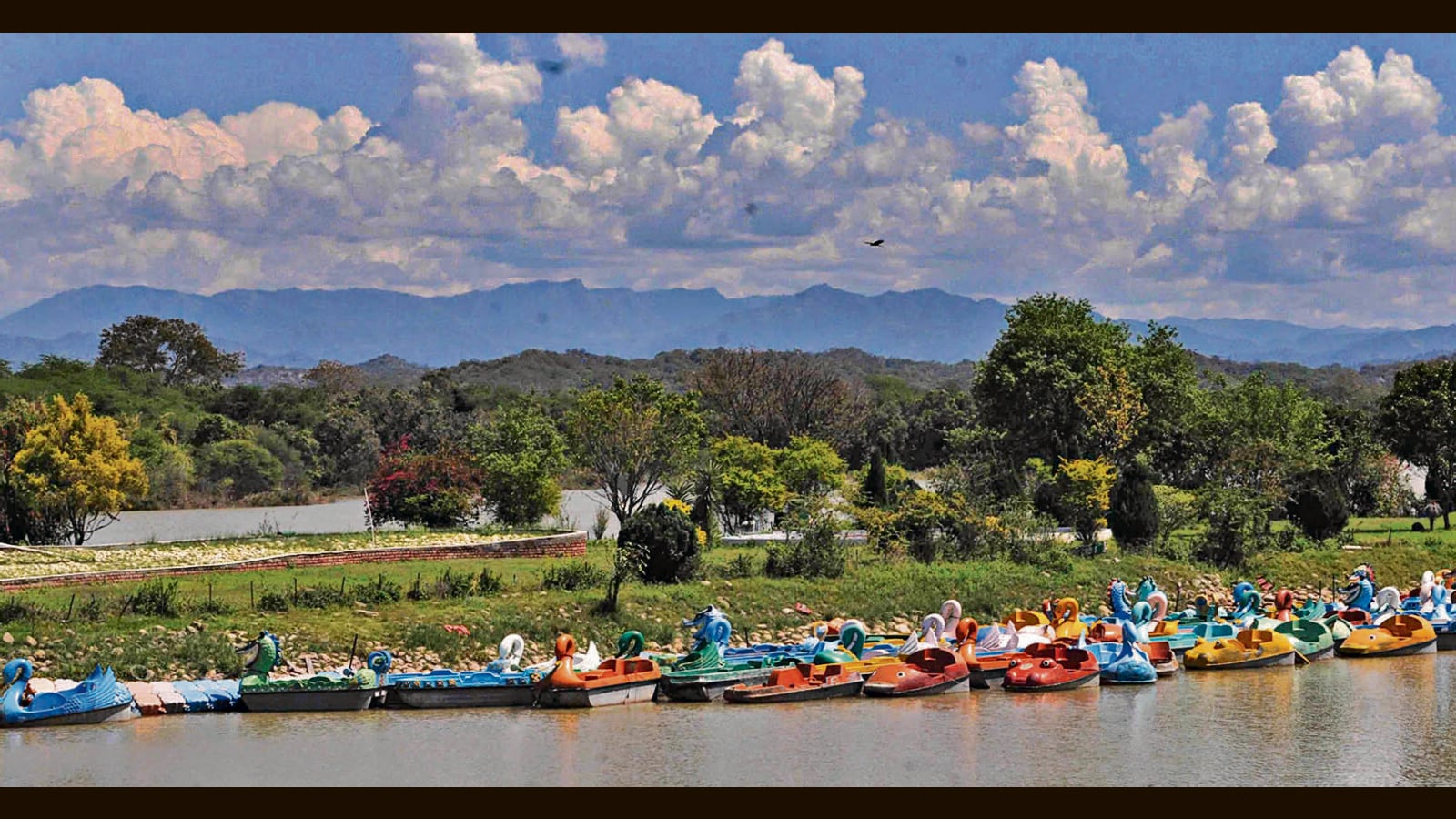
Survey of India defends 2004 demarcation of Sukhna catchment area
The Survey of India (SOI) has defended the accuracy of its demarcation of Sukhna Lake’s catchment area in 2004 in response to a review plea filed by Punjab, after the high court had ordered imposition of ₹100 crore fine each on Punjab and Haryana for causing damage to the catchment area and...
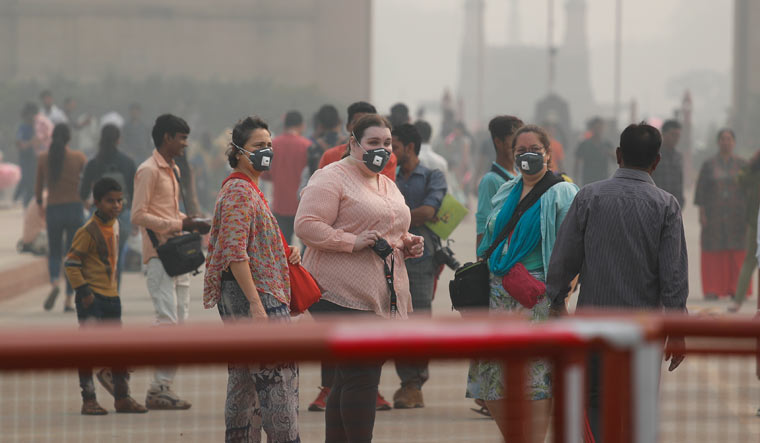
North India is most polluted, Delhi-NCR region a hotspot: Study
Daily peak pollution highest in Bihar cities
India goes a step further in fighting climate change; officially updates NDC under Paris Agreement
India has formally updated its Nationally Determined Contribution (NDC) to fight climate change, confirming to the United Nations that it will reduce the emissions intensity of its Gross Domestic Product (GDP) by 45% from 2005 levels by the year 2030, and to have installed capacity for non-fossil fuel-based power sources equivalent to the country’s 50% requirement by 2030.Further, the updates NDC includes adoption of mass movement for ‘LIFE’– ‘Lifestyle for Environment’ and more in addition to its NDC submitted in 2015. Earlier on Wednesday, August 31, Union Environment Minister Bhupender Yadav while addressing the G20 Environmental & Climate ministerial meeting in Bali, shared that India increased its forest covers, allocated fianance for cliamte change and more.
What is a Nationally Determined Contributions?
An NDC, or Nationally Determined Contribution, is a climate action plan to cut emissions and adapt to climate impacts. Each Party to the Paris
Agreement is required to establish an NDC and update it every five years.
NDCs are where countries set targets for mitigating the greenhouse gas emissions responsible for causing climate change and for adapting to climate impacts. It defines how to reach the targets, and elaborate systems to monitor and verify progress so it stays on track. Since climate finance is key to implementing the plans, NDCs ideally also detail a financing strategy.
In accordance with Article 4, paragraph 12 of the Paris Agreement, NDCs communicated by Parties shall be recorded in a public registry maintained by the secretariat. This is called a Nationally Determined Contributions Registry.
Updating the NDC targets
The Paris agreement requires countries to update their NDCs every five years. However, the large gap between the emissions cuts required to limit global warming to 1.5°C and the emissions reductions currently planned, the Glasgow Climate Pact in November 2021 called on all countries to revisit and strengthen the targets in their NDCs in 2022.
India Updates its First Nationally Determined Contribution
India submitted its Intended Nationally Determined Contribution (NDC) to the United Nations Framework Convention on Climate Change (UNFCCC) on October 2, 2015, which is now its first NDC under the Paris Agreement. It has now officially communicated an update to its existing NDC for the period upto 2030.
At COP26 held in Glasgow, UK, in Novemebr 2021, India strengthened its commitment to climate action by presenting to the world, the five nectar elements (Panchamrit). This update to India’s existing NDC translates the ‘Panchamrit’ announced at COP26 into enhanced climate targets, after carefully considering national circumstances and the principles of common but differentiated responsibilities and respective capabilities.
India’s NDC do not bind it to any sector specific mitigation obligation or action. India’s goal is to reduce overall emission intensity and improve energy efficiency of its economy over time and at the same time protecting the vulnerable sectors of economy and segments of our society.
This update to India’s exisiting NDC is a step forward towards our long term goal of reaching net-zero by 2070. The updated communication for the period up to 2030, is as follows:
– To put forward and further propagate a healthy and sustainable way of living based on traditions and values of conservation and moderation, including through a mass movement for ‘LIFE’– ‘Lifestyle for Environment’ as a key to combating climate change [ UPDATED].
– To adopt a climate friendly and a cleaner path than the one followed hitherto by others at corresponding level of economic development.
– To reduce Emissions Intensity of its GDP by 45 percent by 2030, from 2005 level [UPDATED].
– To achieve about 50% cumulative electric power installed capacity from non-fossil fuel-based energy resources by 2030, with the help of transfer of technology and low-cost international finance including from Green Climate Fund (GCF) [UPDATED].
– To create an additional carbon sink of 2.5 to 3 billion tonnes of CO2 equivalent through additional forest and tree cover by 2030.
– To better adapt to climate change by enhancing investments in development programmes in sectors vulnerable to climate change, particularly agriculture, water resources, Himalayan region, coastal regions, health and disaster management.
– To mobilize domestic and new & additional funds from developed countries to implement the above mitigation and adaptation actions in view of the resource required and the resource gap.
– To build capacities, create domestic framework and international architecture for quick diffusion of cutting edge climate technology in India and for joint collaborative R&D for such future technologies.

